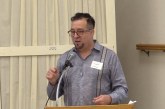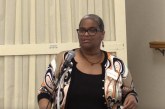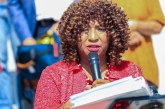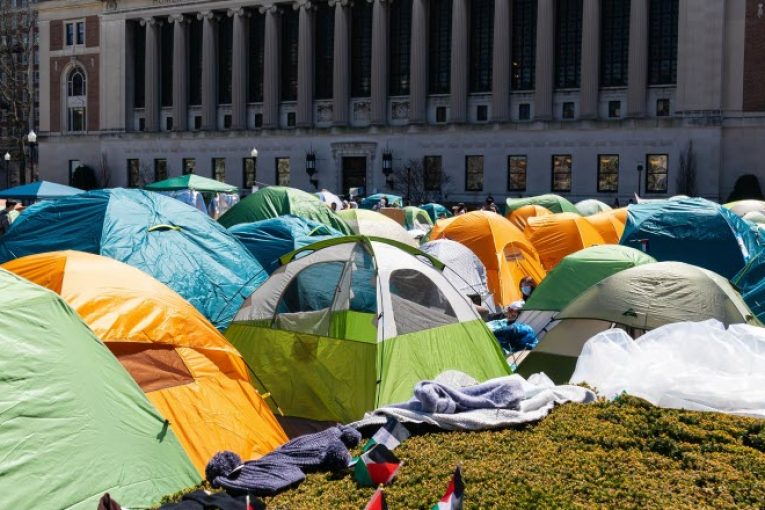
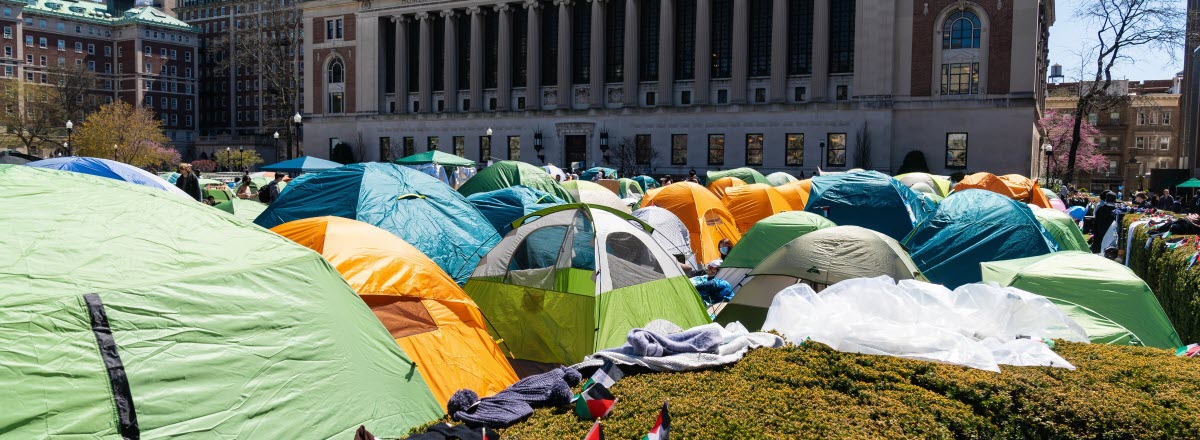
By David M. Greenwald
Executive Editor
Like many in the past week, I revisited in my reading to May 4, 1970, and Kent State. Among the interesting caveats to that situation is it appears that the National Guard overreacted and panicked—to this day, no one knows who shot first or why.
But it is appalling to read even 54 years later that military was carrying and shooting live ammunition at student protesters.
While we have thankfully learned many lessons from that horrible tragedy, including the fact that police are armed with less lethal weapons, I was appalled at some of the photos of civilian police decked out not only in riot gear, but in uniforms that look a lot like military fatigues.
Protests are a challenge for authorities and college campuses.
Student protesters have shown that even a relatively small number of students involved in a protest can basically shut down an institution.
I found a piece by UC Davis Law Professors Vikram Amar and Alan Brownstein in Verdict very helpful in disentangling some of the issues.
They point out that, while many consider “violence” the dividing line between permissible and impermissible protests, the professors argued, even “Ostensibly Peaceful Expressive ‘Encampments’ at Universities Are Not Immune From Restrictions Under the First  Amendment.”
Amendment.”
The two sides, the professors write, “seem to agree that openly violent protests—that is, protests in which protesters knock down, threaten in a ‘true threat’ sense, verbally or physically harass, punch or beat (or worse) passersby or other folks who seem unsympathetic to the protestors’ causes—should be subject to sanction and that the safety of students and staff are of paramount importance.”
The question they pose is “how broadly (should we) understand the concept of safety, and whether there are other, substantially important, interests that universities should be able to safeguard and promote alongside obvious and imminent physical freedom from injury.”
They note, for example, that when government which would include public university administration, “regulate speech-related activities in physical areas that have been generally open for expressive purposes, government must… do so in a content- and viewpoint-neutral way, that is, in a way that is not focused on what is being said, but instead is directed at the time, place, and manner of the expression.”
This is an important to keep in mind, as the courts have always allowed time, place and manner restrictions on the exercise of free speech.
What they cannot do is regulate what is said. The protesters are in essence allowed to be “wrong” —wrong in the subjective moral sense, wrong in the objective factual sense, and probably wrong in the offensive sense as well.
But the professors argue that the encampments pose specific problems as well.
For example, “One problem with encampments is that they physically consume a lot of physical space all the time, and thereby often make it difficult, if not impossible, for people to get to where they need to be.”
You have a problem then of obstruction which “involves the physical blocking of access to an area or building: a lecture hall, an administration building, and the like.”
That has caused classes to be shut down or moved to online.
They point out, “Physical obstruction is not expressive activity free from government prohibition, just as other forms of physical disruption are not.”
Moreover, just like “shouting down,” although expressive, is not protected from government interference, obstruction also interferes with the rights of others.
They argue, “Calling physical blockage peaceful because it does not involve overt and affirmative violent assaults on third parties does nothing to alter its lack of constitutional status. And calling it peaceful is not really accurate anyway.”
They add, “The very act of physical obstruction means that others are prevented from getting to where they want and need to go, and if they try to get through a wall of people, there is nothing non-violent about the physical contact that ensues.”
That’s not the only activity that interferes with the school’s mission and thus represents a valid interest.
“Noise control is another valid interest. Persistent and excessive noise interferes with the university’s mission,” they write.
They cite the op-ed written by Columbia professor John McWhorter in the New York Times where McWhorter had to change his lecture because of the surrounding noise from protesters.
He said, “I couldn’t see making [my students] sit and listen to this as if [the loud protests] were background music.”
They also argue that cleanliness is another “significant regulatory concern.”
There is also the fact that the university space must be shared.
“No group is entitled to exercise long-term control (represented by encampments) over locations where speech occurs on a campus, in part because a continuing rally or occupation of university property excludes (and thus effectively silences) other speakers from gaining access to those locations for their different expressive purposes,” they write.
They add, “The clash between competing groups of protestors trying to occupy the same place at the same time at UCLA is a good reminder that physical land is scarce and not everyone can make effective use of it at the same time.”
In the end, they conclude that “recognizing that some time, place, and manner regulations may be constitutionally problematic is one thing. Claiming the right to treat all time, place, and manner regulations as recommendations that can be disregarded at the protestors’ discretion is a very different argument.”
However, none of this necessarily justifies how administration and police chose to address these problems.
As they point out, “With regard to how, logistically speaking, viewpoint-neutral restrictions on encampments should be enforced, the Constitution pretty much leaves the decision about means up to the university’s discretion.”
They write that “municipal police intervention (as happened with the NYPD at Columbia) would be warranted only in the most egregious circumstances, because the involvement of municipal police often risks the safety of officers, protestors, and passersby and may frequently exacerbate the situation.”
That last point is so critical—what happens if the cure is worse than the disease?
I always hearken back to the pepper spray incident at UC Davis which could be viewed as the less-lethal but still foolish modern-day equivalent to Kent State. UC Davis learned its lesson—sometimes it is better to just let someone camp out in a public space rather than attempt to forcibly clear the quad.
A few years later, they allowed protesters to encamp in the Chancellor’s Office at Mrak Hall rather than press law enforcement. At some point, the protesters got bored and went home.
Protests and encampments may be noisy and disruptive, but clearing the quad is going to bring more people back the next day.




